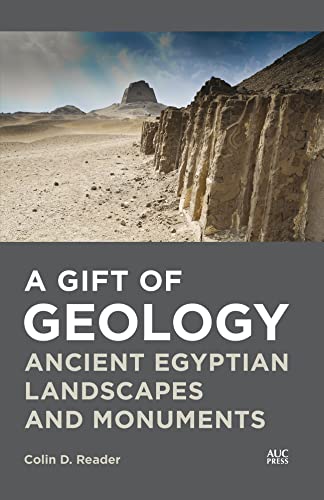

Most ebook files are in PDF format, so you can easily read them using various software such as Foxit Reader or directly on the Google Chrome browser.
Some ebook files are released by publishers in other formats such as .awz, .mobi, .epub, .fb2, etc. You may need to install specific software to read these formats on mobile/PC, such as Calibre.
Please read the tutorial at this link: https://ebookbell.com/faq
We offer FREE conversion to the popular formats you request; however, this may take some time. Therefore, right after payment, please email us, and we will try to provide the service as quickly as possible.
For some exceptional file formats or broken links (if any), please refrain from opening any disputes. Instead, email us first, and we will try to assist within a maximum of 6 hours.
EbookBell Team

4.7
46 reviewsWhile much is known about Egypt’s towering pyramids, mighty obelisks, and extraordinary works of art, less is known about the role played by Egypt’s geological history in the formation of pharaonic culture’s artistic and architectural legacy. The fertile soils that lined the Nile Valley meant that the people of Egypt were able to live well off the land. Yet what allowed ancient Egypt to stand apart from other early civilizations was its access to the vast range of natural resources that lay beyond the Nile floodplain.
In this engagingly written book, Colin Reader invites readers to explore the influence of geology and landscape on the development of the cultures of ancient Egypt. After describing today’s Egyptian landscape and introducing key elements of the ancient Egyptian worldview, he provides a basic geological toolkit to address issues such as geological time and major earth-forming processes. The developments that gave the geology of Egypt its distinct character are explored, including the uplifting of mountains along the Red Sea coast, the evolution of the Nile river, and the formation of the vast desert areas beyond the Nile Valley. As the story unfolds, elements of Egypt’s archaeology are introduced, together with discussions of mining and quarrying, construction in stone, and the ways in which the country’s rich geological heritage allowed the culture of ancient Egypt to evolve.
Ideal for non-specialists and specialists alike, and supported with over one hundred illustrations, A Gift of Geology takes the reader on a fascinating journey into Egypt’s geological landscape and its relationship to the marvels of pharaonic culture.